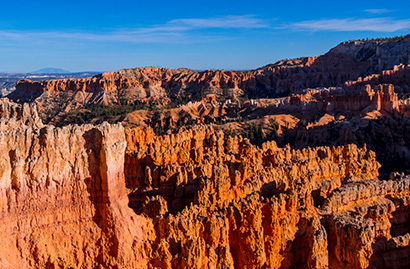
Climate change on the Korean Peninsula today is ongoing more rapidly than that in other areas of the world. The trends of climate warming and subtropicalization in Korea can be verified by multiple proxies of physical properties and by geo-(bio)chemical and micropaleontological analyses from different archives of wetlands, lacustrine areas and caves in Korea and in neighboring countries. The optimized multi-proxy approach can be used for more reliable paleoenvironmental reconstructions of the Holocene climatic optimum. The reconstructed paleohydroclimate-geoecosystem will be compared with a future climate model scenario, providing a valuable dataset to confirm the Korean climate warming trend in the near future.
The main qualitative achievements of research in 2018 include an analysis of the topography position index and unconsolidated sediments in middle-lower reach of the Seomjin River catchment area. The results show that the Gure-Toji area has the characteristics of upper slopes and canyons, while the Geumyi-Daedo area is featured by plains and open slopes. A high-resolution pollen record from Gwangyang-si indicated that the HCO (Holocene Climate Optimum, ca. 8000-5000 yr BP) was present between 7600 and 4800 yr BP on the Korean Peninsula. Abrupt Holocene cooling events such as those at 9.2 ka, 8.2 ka, 7.4 ka, 5.3 ka, 4.7 ka, 4.2 ka, and 2.8 ka are also clearly demonstrated in our records. The tremendous impact of the 8.2 ka event has led to the delayed recovery of forest in the study area. Holocene climate teleconnections between coastal East Asia and other regions are identified through regional comparisons of inland China, the western tropical Pacific, and Korea (Fig. 1).
